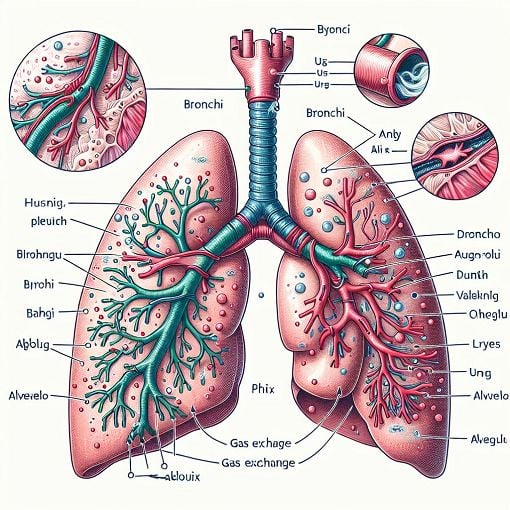Chapter 22
{"name":"Chapter 22", "url":"https://www.quiz-maker.com/QPREVIEW","txt":"Test your knowledge of the respiratory system with our engaging quiz! Dive into the mechanics of breathing, gas exchange, and the structures involved in respiration.Whether you're a student or just curious about how our lungs work, this quiz is for you!Multiple choice questionsLearn interesting factsPerfect for students and educators alike","img":"https://cdn.poll-maker.com/104-5102007/img-4ouzhmlmpcy6jxbfdft95iol.jpg"}
More Quizzes
BIOLO0GY FLP-02 (SMART INSTITUTE)
60300
Practice Quiz Lecture Exam 1
351829
Ollie's Cornish Quiz
5221
Overcoming Adversities Quiz
10529
Free Medical Combining Forms - Which Term Means Head?
201019892
What Should I Watch on Disney Plus? Movie
201016652
Which Face Serum Should I Use - Find Your Match
201017518
Which Dream SMP Member Are You? Personality - Free
201017258
Psychic Intuition Test - Free With Instant Results
201018221
Psychometric Test Questions & Answers - Free Practice
201021226
Fandom: Test Your Knowledge for Free
201017258
Bleach Personality Test - Which Ghost Spirit Are You?
201017585
